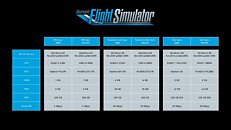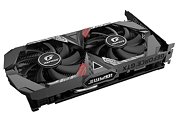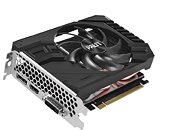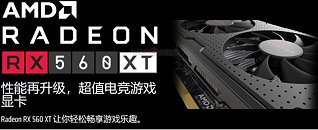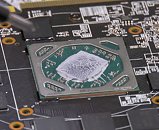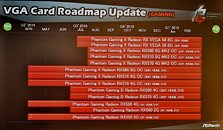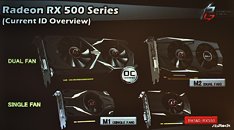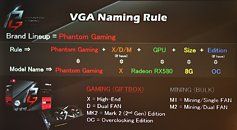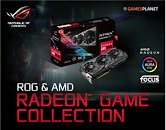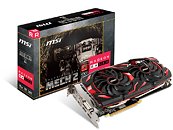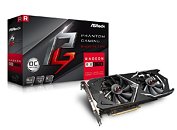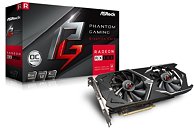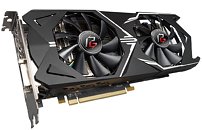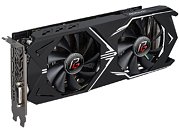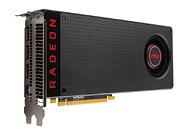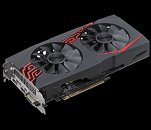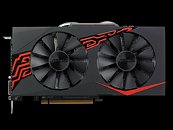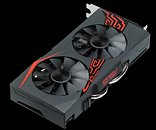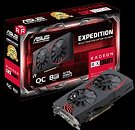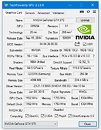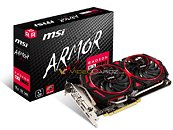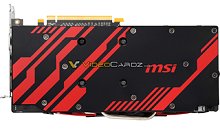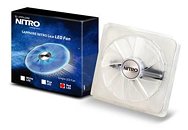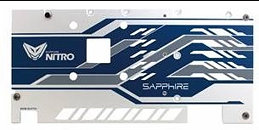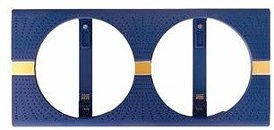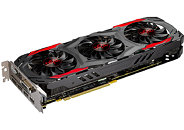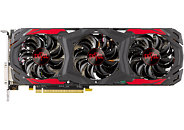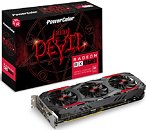
Halo Infinite's Latest PC Patch Shifts Minimum GPU Spec Requirements, Below 4 GB of VRAM Insufficient
The latest patch for Halo Infinite has introduced an undesired side effect for a select portion of its PC platform playerbase. Changes to minimum system specification requirements were not clarified by 343 Industries in their patch notes, but it appears that the game now refuses to launch for owners of older GPU hardware. A limit of 4 GB of VRAM has been listed as the bare minimum since Halo Infinite's launch in late 2021, with the AMD Radeon RX 570 and Nvidia GTX GeForce 1050 Ti cards representing the entry level GPU tier, basic versions of both were fitted with 4 GB of VRAM as standard.
Apparently users running the GTX 1060 3 GB model were able to launch and play the game just fine prior to the latest patch, due to it being more powerful than the entry level cards, but now it seems that the advertised hard VRAM limit has finally gone into full effect. The weaker RX 570 and GTX 1050 Ti cards are still capable of running Halo Infinite after the introduction of season 3 content, but a technically superior piece of hardware cannot, which is unfortunate for owners of the GTX 1060 3 GB model who want to play Halo Infinite in its current state.
Apparently users running the GTX 1060 3 GB model were able to launch and play the game just fine prior to the latest patch, due to it being more powerful than the entry level cards, but now it seems that the advertised hard VRAM limit has finally gone into full effect. The weaker RX 570 and GTX 1050 Ti cards are still capable of running Halo Infinite after the introduction of season 3 content, but a technically superior piece of hardware cannot, which is unfortunate for owners of the GTX 1060 3 GB model who want to play Halo Infinite in its current state.









